Home>Garden Essentials>How To Grow A Cypress Tree From Seed
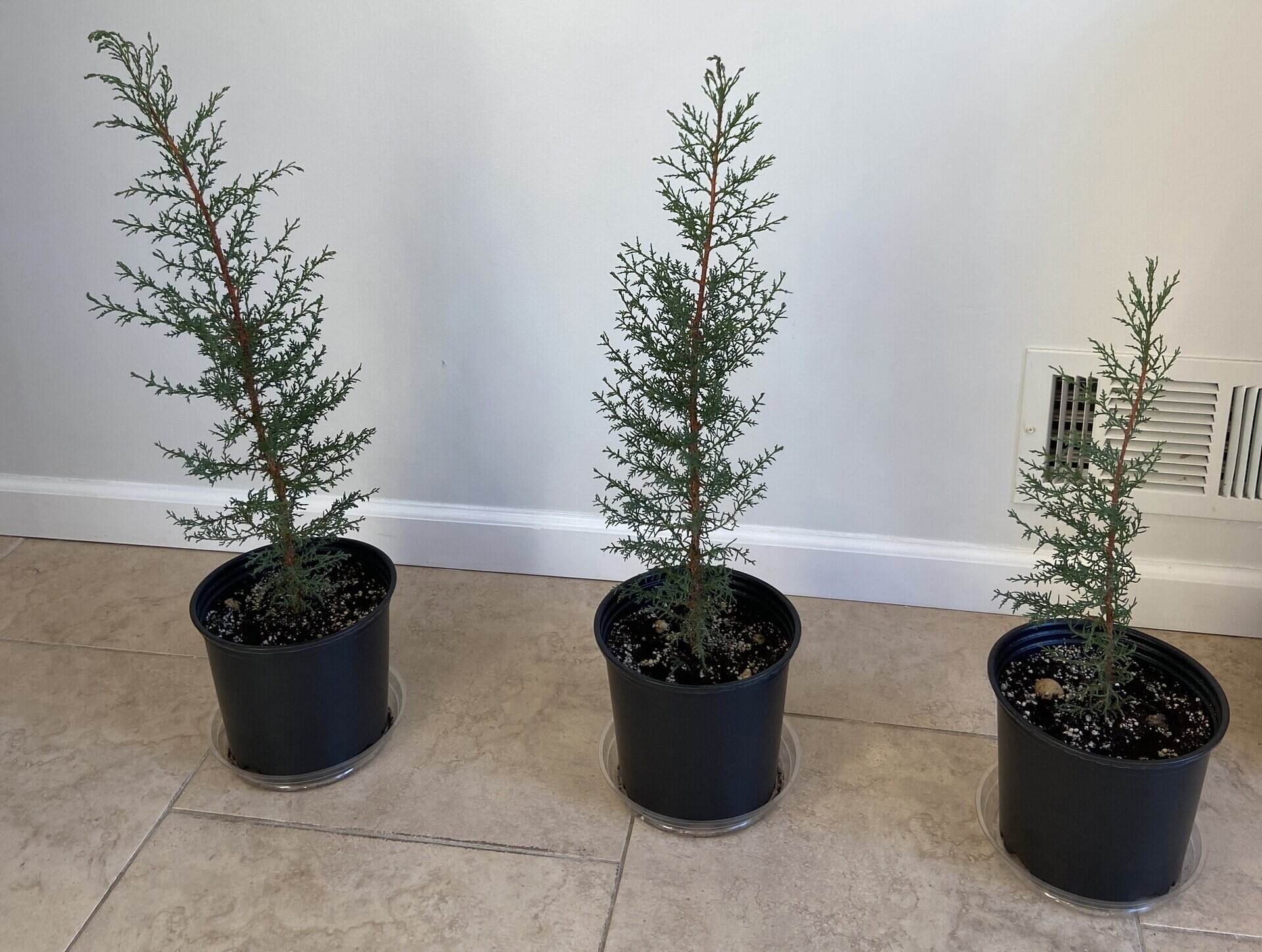

Garden Essentials
How To Grow A Cypress Tree From Seed
Modified: March 15, 2024
Learn how to grow a beautiful cypress tree from seed in your garden. Step-by-step tips and techniques for successful cultivation.
(Many of the links in this article redirect to a specific reviewed product. Your purchase of these products through affiliate links helps to generate commission for Storables.com, at no extra cost. Learn more)
Introduction
Growing a cypress tree from seed can be a rewarding and satisfying experience. Cypress trees are known for their tall stature and elegant beauty, making them a popular choice for landscaping and garden enthusiasts. Whether you’re a seasoned gardener or a beginner, successfully growing a cypress tree from seed requires careful planning and attention to detail.
In this article, we will guide you through the process of growing a cypress tree from seed, from selecting the seeds to caring for the young tree. By following these steps, you’ll be well on your way to nurturing your own majestic cypress tree.
Let’s dive in and explore the fascinating world of growing cypress trees!
Key Takeaways:
- Growing a cypress tree from seed requires careful selection of high-quality seeds and creating the right growing environment. Patience, attention to detail, and proper care are essential for nurturing a majestic cypress tree.
- Providing the ideal growing conditions, proper watering, and protecting the seedlings from pests and extreme weather are crucial for the successful growth of a young cypress tree. Transplanting and ongoing care ensure the tree’s long-term health and vitality.
Read more: How To Grow Bald Cypress From Seed
Selecting the Cypress Tree Seeds
The first step in growing a cypress tree from seed is to carefully select the seeds. Cypress trees come in various species, each with its unique characteristics and requirements. Research and identify the specific species of cypress tree you want to grow, considering factors such as climate compatibility and desired tree height.
Once you’ve determined the species, you can obtain cypress tree seeds from reputable sources such as nurseries, garden centers, or online seed suppliers. Ensure that the seeds are fresh and of high quality, as this will greatly increase the chances of successful germination and growth.
When selecting the seeds, look for those with intact outer shells and no signs of damage or decay. It’s also helpful to choose seeds that are plump and slightly firm to the touch. Keep in mind that cypress tree seeds may vary in size and color depending on the species, so refer to reliable sources or consult with experts if you are uncertain.
Consider purchasing a few extra seeds to account for any potential failures or losses during the germination process. This will help increase the likelihood of successfully growing a healthy cypress tree.
Once you have acquired the seeds, store them in a cool, dry place until you are ready to plant them. Avoid exposing them to extreme temperatures or moisture, as this could negatively impact their viability. Planning and careful selection of cypress tree seeds will set the foundation for a successful growing journey ahead.
Preparing the Growing Medium
Creating the right growing medium is crucial for the successful germination and growth of your cypress tree seeds. The ideal growing medium should be well-draining, nutrient-rich, and provide a suitable environment for the seeds to establish roots.
To prepare the growing medium, start by selecting a pot or container with drainage holes at the bottom. This will ensure that excess water can escape and prevent waterlogged conditions that could harm the seeds.
Next, choose a high-quality potting mix or create a custom blend. A suitable mixture can consist of equal parts of peat moss, perlite, and compost. This combination provides a well-balanced medium that retains moisture while allowing adequate airflow to the developing roots.
Before planting the cypress tree seeds, moisten the potting mix slightly to achieve a consistently moist, but not soggy, environment. This will provide the necessary moisture for germination while preventing excessive wet conditions that could lead to rot.
Fill the pot or container with the prepared growing medium, leaving about an inch of space from the top. Gently press down the soil to create a firm, even surface that will provide stability for the seeds.
Remember to thoroughly clean and sterilize the pot or container before use to prevent the introduction of pathogens or pests that could harm the seeds or seedlings.
Once you have prepared the growing medium, you’re now ready to move on to the exciting step of planting the cypress tree seeds.
Planting the Cypress Tree Seeds
Now that you have prepared the growing medium, it’s time to plant the cypress tree seeds. Follow these steps to ensure proper planting and increase the chances of successful germination:
- Make small indentations in the soil, approximately 1 inch deep, using your finger or a pencil. Space the indentations evenly across the surface of the growing medium.
- Place one cypress tree seed in each indentation, gently pressing it into the soil. Ensure that the seeds are covered with a thin layer of soil to protect them.
- Lightly mist the surface of the soil with water to provide moisture without causing waterlogging. Use a spray bottle or a fine mist setting on a watering can to avoid disturbing the seeds.
- Cover the pot or container with a clear plastic dome or a plastic wrap to create a mini greenhouse effect. This will help retain moisture and create a humid environment conducive to germination. Alternatively, you can place the pot inside a plastic bag, leaving enough space for air circulation.
- Position the pot in a warm location with indirect sunlight. Aim for temperatures around 70-75°F (21-24°C) to provide optimal conditions for germination.
- Check the moisture level of the soil regularly and mist if needed. Keep the soil consistently moist but avoid overwatering, as this can lead to rot or fungal growth.
- Be patient and wait for the seeds to germinate. Germination times can vary depending on the species, but it can take anywhere from a few weeks to a few months. Be persistent and maintain the appropriate growing conditions.
Once the cypress tree seeds have germinated and you start to see small seedlings emerge, you can remove the plastic cover. At this point, it’s crucial to provide the ideal growing conditions to ensure the healthy development of your cypress tree seedlings.
In the next section, we will explore the proper care and maintenance required to nurture your young cypress tree seedlings into strong and thriving trees.
Providing the Ideal Growing Conditions
Creating the ideal growing conditions is essential for the healthy development and growth of your cypress tree seedlings. Paying attention to factors such as sunlight, temperature, and humidity will help ensure the success of your young trees:
Sunlight: Cypress trees generally thrive in full sun to partial shade. Place your cypress tree seedlings in an area that receives at least 6-8 hours of sunlight each day. If you’re growing them indoors, position them near a window that provides bright, indirect light.
Temperature: Cypress trees prefer moderate temperatures. Keep the growing area within the optimal temperature range for the specific species you are growing. Typically, this falls between 60-75°F (15-24°C). Avoid exposing the seedlings to extreme temperature fluctuations, as they can cause stress or damage.
Humidity: Cypress trees appreciate a humid environment, especially during their early growth stages. To increase humidity levels, you can place a tray with water near the seedlings or use a room humidifier. Avoid placing the seedlings in drafty areas, as this can dry out the soil and increase the risk of dehydration.
Airflow: While humidity is important, it’s also crucial to provide adequate airflow around the cypress tree seedlings. Good air circulation helps prevent the development of fungal diseases and strengthens the plants. If growing the seedlings indoors, consider using a fan set on low to gently circulate the air around them.
Space: As the cypress tree seedlings grow, make sure to provide them with enough space to prevent overcrowding. Transplant them into individual pots or containers once they outgrow their initial planting space. This will allow their roots to spread and promote healthy growth.
Regularly monitor and adjust the growing conditions based on the response of your seedlings. Each species may have specific preferences, so it’s essential to research and understand the requirements of your particular cypress tree variety.
With the right growing conditions in place, your cypress tree seedlings will thrive and develop into beautiful, robust trees. In the next sections, we will discuss watering, fertilizing, and protecting the seedlings to further support their growth.
To grow a cypress tree from seed, collect mature cones in the fall, extract the seeds, and plant them in a well-draining soil mix. Keep the soil consistently moist and provide plenty of sunlight for optimal growth.
Read more: How To Grow Tree From Seed
Watering and Fertilizing the Cypress Tree
Proper watering and fertilization are essential for the healthy growth and development of your cypress tree seedlings. Let’s take a look at how to effectively meet their moisture and nutrient needs:
Watering:
Cypress trees prefer consistently moist soil, but they don’t tolerate waterlogged conditions. It’s important to find the right balance when watering your seedlings. Here are some guidelines to follow:
- Check the moisture level of the soil regularly by inserting your finger about an inch into the soil. If it feels dry, it’s time to water.
- Water thoroughly, ensuring the entire root ball receives moisture. Avoid overwatering, as it can lead to root rot and other fungal diseases.
- Allow the soil to dry slightly between waterings to avoid waterlogged conditions.
- Adjust the frequency of watering based on the environmental conditions. During hot and dry periods, you may need to water more often, while cooler and rainy seasons may require less frequent watering.
Fertilizing:
Cypress trees generally do not require heavy fertilization, especially during their early growth stages. However, a light application of balanced, slow-release fertilizer can provide some nutrients to support their development. Here are some tips for fertilizing your cypress tree seedlings:
- Wait until the seedlings have established a strong root system before applying fertilizer. This usually occurs after several months of growth.
- Choose a balanced fertilizer with a ratio such as 10-10-10 or 14-14-14. This means the product contains equal amounts of nitrogen (N), phosphorus (P), and potassium (K).
- Follow the instructions on the fertilizer package carefully for proper application rates and timing.
- Avoid overfertilization, as it can lead to nutrient imbalances and damage to the seedlings.
- Consider using organic fertilizers, such as compost or well-rotted manure, which provide slow-release nutrients and improve soil fertility over time.
Remember, it’s important not to rely solely on fertilizers to nourish your cypress tree seedlings. Providing them with a well-balanced growing medium and proper watering practices will go a long way in promoting healthy growth.
In the next section, we will discuss how to protect your cypress tree seedlings from potential threats and ensure their continued growth and success.
Protecting the Seedlings
As your cypress tree seedlings continue to grow, it’s crucial to protect them from potential threats that could hinder their development. Here are some steps you can take to safeguard your young trees:
Pest Control:
Monitor your seedlings regularly for any signs of pests, such as aphids, caterpillars, or spider mites. If you notice an infestation, take appropriate measures to control the pests. Organic pest control methods, such as using insecticidal soaps or neem oil, are often safe and effective options for protecting your seedlings without harming the environment.
Weed Management:
Remove any weeds or unwanted plants in the vicinity of your cypress tree seedlings. Weeds can compete for nutrients and water, stunting the growth of your young trees. Regularly check for and remove any emerging weeds to minimize their impact on the seedlings.
Protection from Extreme Weather:
Extreme weather conditions, such as strong winds, heavy rain, or frost, can pose a risk to your cypress tree seedlings. Provide physical protection by using stakes or small stakes to support the seedlings and prevent them from bending or breaking in windy conditions. Consider using a protective covering, such as a frost cloth or garden fabric, during frosty periods or intense heat to shield the seedlings from temperature extremes.
Proper Pruning:
As your cypress tree seedlings grow, it’s essential to practice proper pruning techniques to promote healthy branching and shape the future tree. Prune any dead or damaged branches, and selectively trim branches to encourage a strong and balanced structure. Research the specific pruning requirements for your cypress tree species, as different varieties may have different growth habits and best pruning practices.
Monitoring and Support:
Regularly monitor the growth and overall health of your cypress tree seedlings. Watch for signs of nutrient deficiencies, such as yellowing leaves or stunted growth, and take appropriate measures to address any issues. Support the seedlings by providing stakes or ties if necessary, ensuring they grow straight and tall.
By implementing these protective measures, you can help ensure the long-term success and vitality of your cypress tree seedlings. With proper care and attention, your young trees will continue to thrive and flourish in your garden or landscape.
Transplanting Cypress Tree Seedlings
As your cypress tree seedlings grow and develop, they will eventually outgrow their initial planting pots or containers. It’s important to transplant them into larger containers or directly into the ground to provide them with the space and resources they need to thrive. Here’s a step-by-step guide on how to transplant your cypress tree seedlings:
- Timing: Plan to transplant your cypress tree seedlings when they are at least 6-8 inches tall and have a well-established root system. This typically occurs after about 6-12 months of growth, depending on the species.
- Choose the Right Location: Select a suitable outdoor location for your cypress tree. Consider factors such as sunlight, soil drainage, and adequate space for the tree to grow to its mature size. Ensure the location aligns with the specific requirements of your cypress tree species.
- Prepare the Planting Hole: Dig a hole that is wider and slightly deeper than the root ball of the seedling. This will provide ample space for the roots to spread out. Loosen the soil around the planting hole to encourage proper root growth.
- Remove Seedling from Container: Carefully remove the cypress tree seedling from its current container, taking care not to damage the roots. Gently tease out any tangled or circling roots to promote healthy root development.
- Planting in the Ground: Place the seedling in the center of the planting hole, making sure the top of the root ball is level with the ground. Backfill the hole with soil, lightly firming it around the roots to eliminate air pockets. Water the newly transplanted seedling thoroughly.
- Transplanting into a Larger Container: If transplanting into a larger pot or container, choose one that is at least 2-4 inches larger in diameter than the current container. Fill the new container with a well-draining potting mix, place the seedling in the center, and backfill with soil. Water the seedling thoroughly.
- Care after Transplanting: After transplanting, provide regular watering to help the seedling establish itself in its new location. Monitor the moisture level of the soil and adjust watering accordingly.
- Transitioning to Outdoor Conditions: If transplanting your cypress tree seedling outdoors, gradually introduce it to the new environment over a period of a few weeks. Start by placing the seedling in a sheltered location with filtered sunlight, gradually increasing its exposure to direct sunlight and outdoor conditions. This helps the seedling adjust to the change and reduces the risk of shock.
Remember to continue caring for your newly transplanted cypress tree seedling by providing appropriate watering, protection from extreme weather, and regular monitoring for any signs of stress or nutrient deficiencies. With proper transplanting techniques and ongoing care, your cypress tree will continue to thrive and beautify your landscape for years to come.
Caring for a Young Cypress Tree
Once your cypress tree has been successfully transplanted and is establishing its roots, it is important to continue providing ongoing care to ensure its health and growth. Here are some essential tips for caring for a young cypress tree:
Watering:
Water your young cypress tree regularly, especially during the first year after transplanting. Keep the soil consistently moist, but not waterlogged. Deep, infrequent watering is preferable to frequent shallow watering. Provide enough water to thoroughly moisten the entire root zone, which extends beyond the drip line of the tree canopy.
Mulching:
Apply a layer of mulch around the base of the cypress tree to help retain soil moisture, regulate temperature, and suppress weed growth. Use organic mulch, such as wood chips or bark, and spread it in a 2-3 inch layer. Leave a gap around the trunk to prevent moisture buildup and potential rot.
Pruning:
Pruning is important for shaping the young cypress tree and promoting healthy growth. Remove any dead, damaged, or crossing branches. Prune selectively to encourage a balanced branching structure and maintain the desired shape of the tree. Consult pruning guides specific to your cypress tree species and seek professional assistance if needed.
Support:
If your young cypress tree experiences lean or leans due to wind or other factors, provide support using stakes or ties. Gently anchor the tree to ensure stability while allowing enough flexibility for natural movement. Regularly check the ties and adjust them as the tree grows to prevent girdling.
Fertilizing:
Young cypress trees may benefit from a balanced slow-release fertilizer to promote healthy growth. However, it is crucial not to overfertilize, as this can lead to excessive foliage growth at the expense of root development. Follow the instructions on the fertilizer package and apply it in the recommended amounts and frequency.
Protection from Pests and Diseases:
Monitor your young cypress tree for any signs of pests or diseases. Common pests include aphids, mites, and scale insects, while diseases such as root rot and cankers may occur. Regularly inspect the tree for any abnormalities, treat any pest infestations promptly, and practice good cultural practices to prevent disease.
Monitoring:
Regularly observe your young cypress tree for any signs of stress, such as yellowing or wilting leaves, stunted growth, or unusual discoloration. Address any issues promptly to prevent further damage. Pay attention to soil moisture, sun exposure, and environmental conditions to make any necessary adjustments for optimal growth.
By providing proper care and attention, your young cypress tree will establish a strong root system, develop healthy foliage, and thrive in its environment. With time, it will grow into a majestic and resilient tree that enhances the beauty of your garden or landscape.
Read more: How To Grow A Tree From A Seed
Conclusion
Growing a cypress tree from seed is an incredibly rewarding endeavor that allows you to witness the remarkable journey of a seedling transforming into a majestic tree. By following the steps outlined in this guide, you can set yourself up for success in nurturing your very own cypress tree.
From selecting high-quality seeds to preparing the appropriate growing medium, planting the seeds, and providing the ideal growing conditions, you have learned valuable insights on how to support the germination and growth of your cypress tree seedlings. We discussed the importance of proper watering, fertilizing, and protecting the seedlings from pests, extreme weather, and other potential threats.
Transplanting the young cypress tree seedlings and providing ongoing care, including watering, mulching, pruning, and monitoring, are vital aspects to ensure their long-term health and success. Remember, each stage of the journey requires attention and care, but the result is well worth it.
Watching your cypress tree grow and thrive over the years will fill you with a sense of pride and accomplishment. These trees, with their tall stature and elegant beauty, are not only a wonderful addition to your garden or landscape but also provide numerous benefits such as shade, visual appeal, and habitat for wildlife.
As you embark on this journey, remember to enjoy the process. Be patient with your tree’s growth, and embrace the lessons it teaches you about resilience, nurturing, and the wonders of nature. With proper care and a little bit of love, your cypress tree will flourish, creating a lasting legacy for generations to come.
So roll up your sleeves, gather your gardening tools, and embark on the adventure of growing your very own cypress tree from seed. Happy gardening!
Frequently Asked Questions about How To Grow A Cypress Tree From Seed
Was this page helpful?
At Storables.com, we guarantee accurate and reliable information. Our content, validated by Expert Board Contributors, is crafted following stringent Editorial Policies. We're committed to providing you with well-researched, expert-backed insights for all your informational needs.
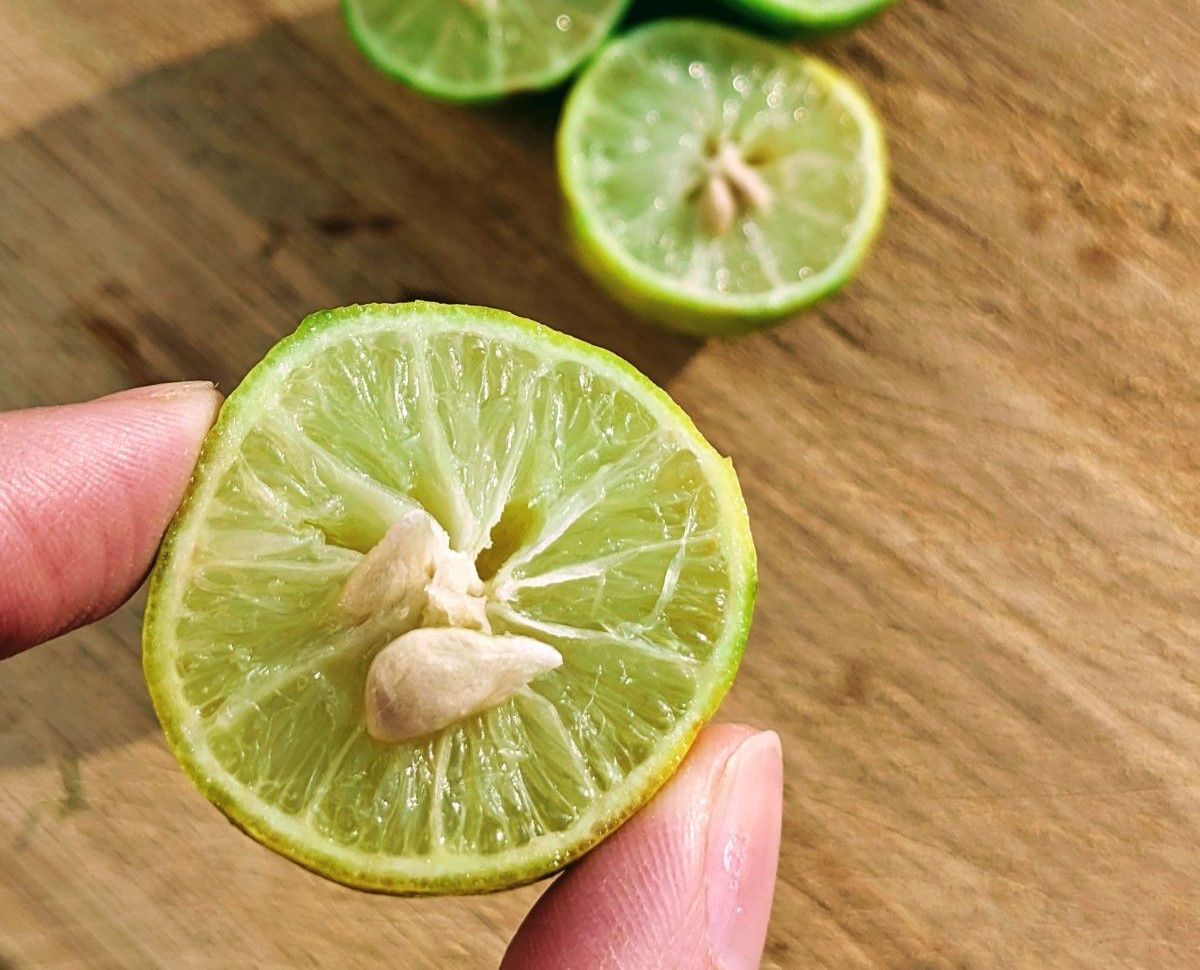
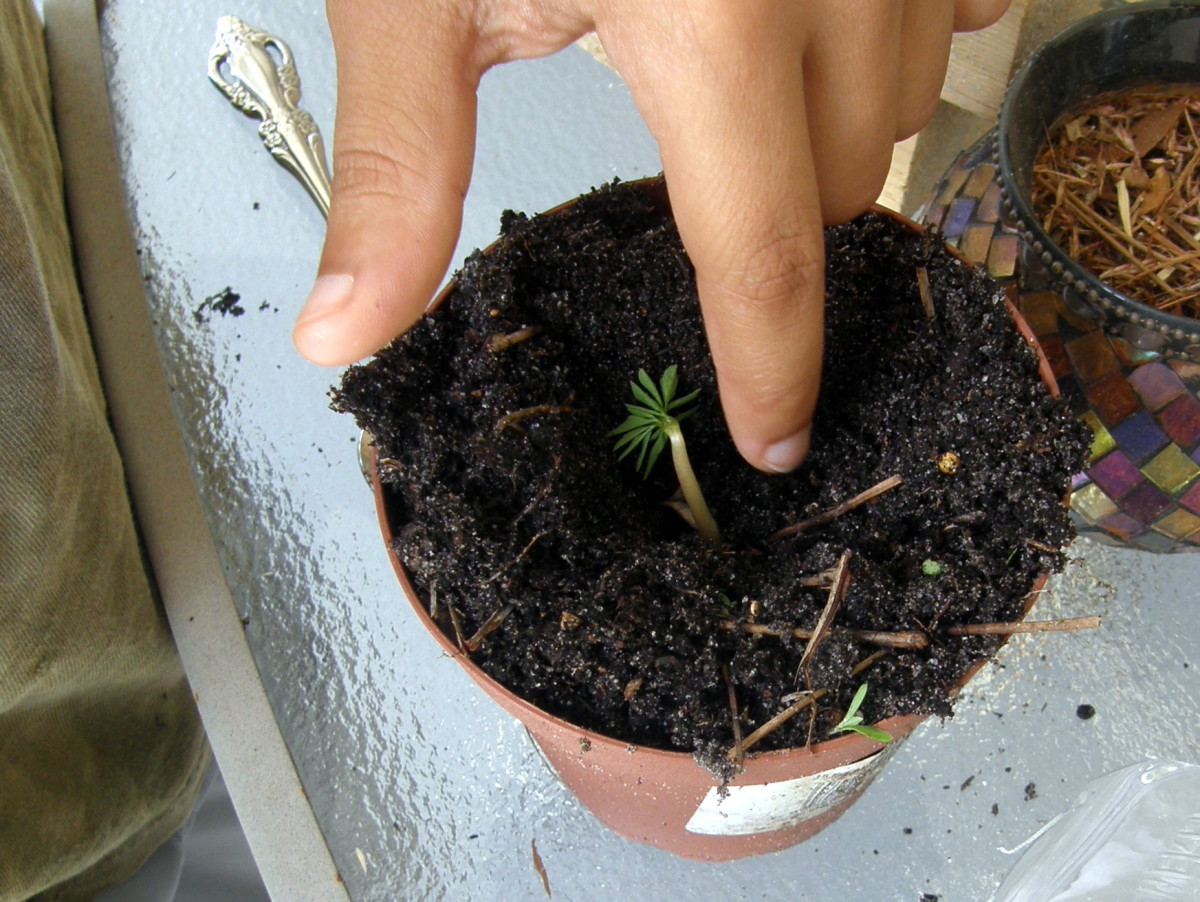
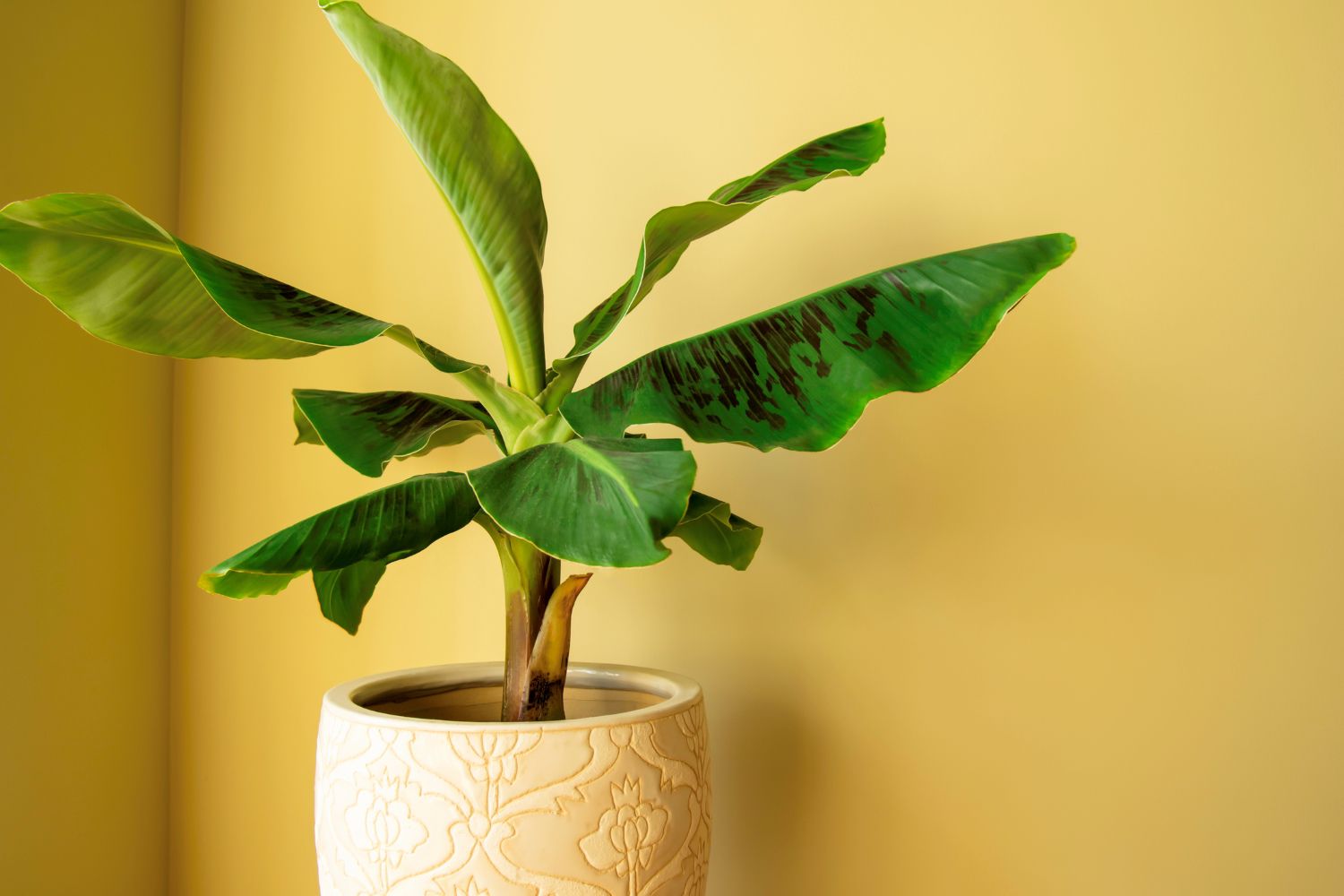
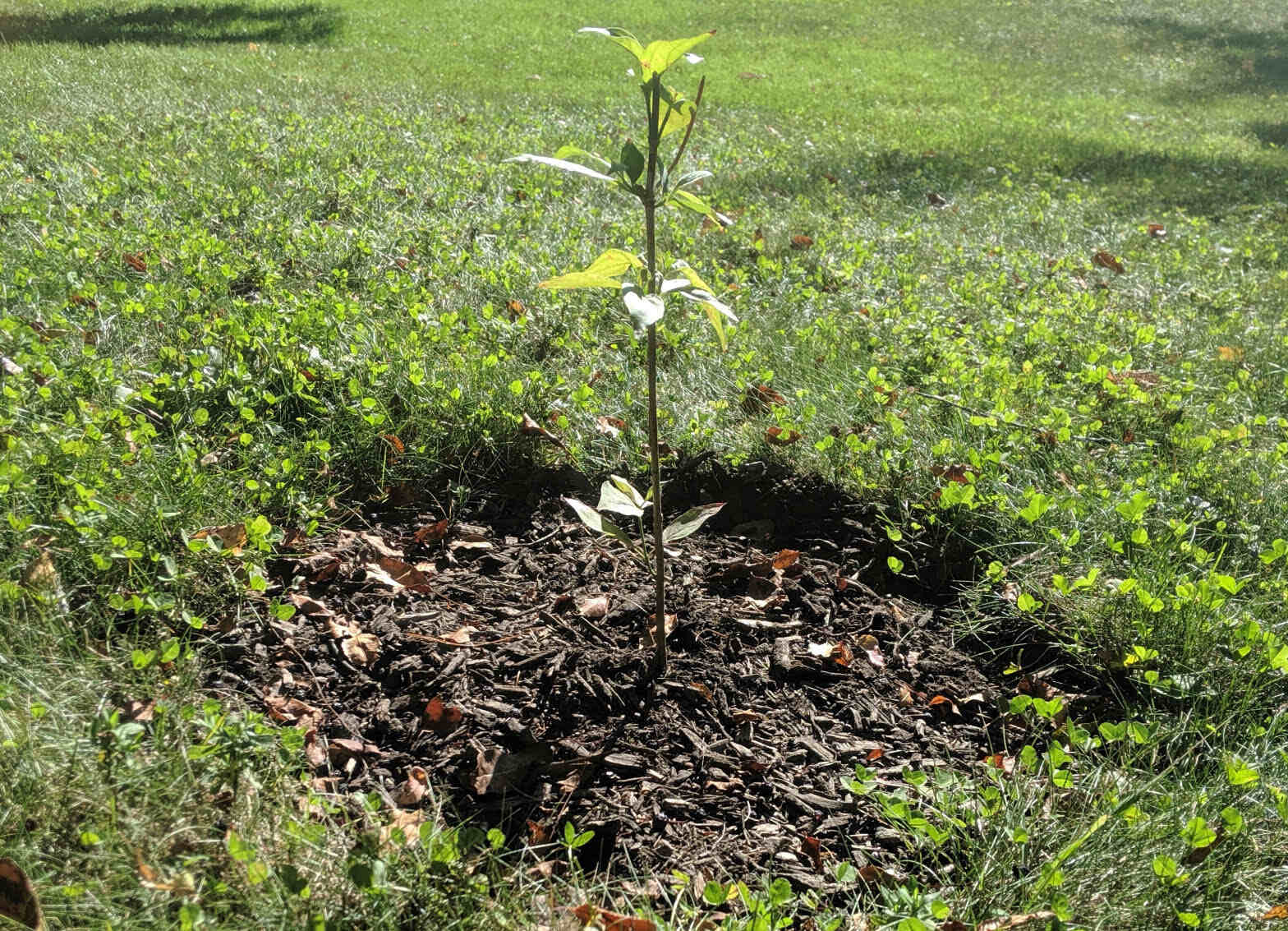
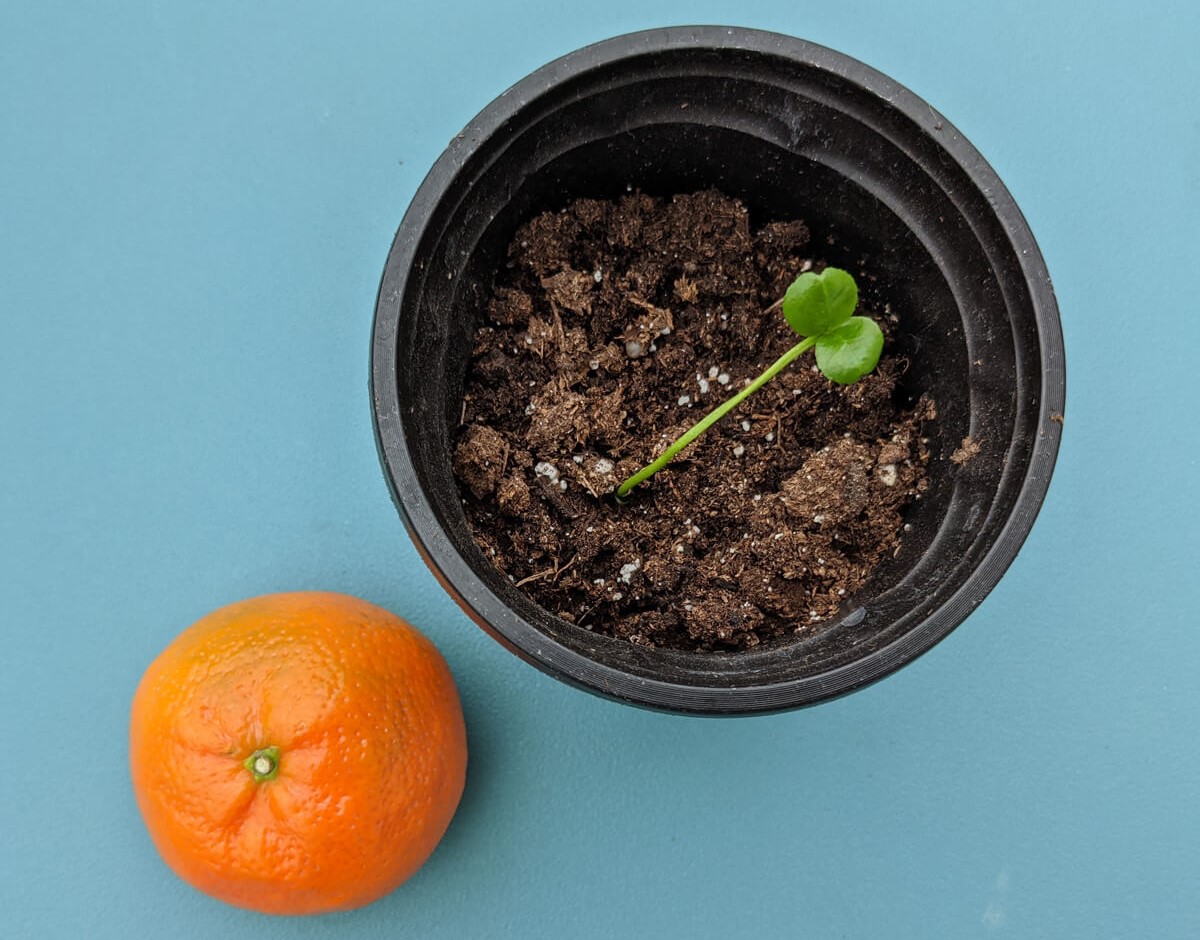
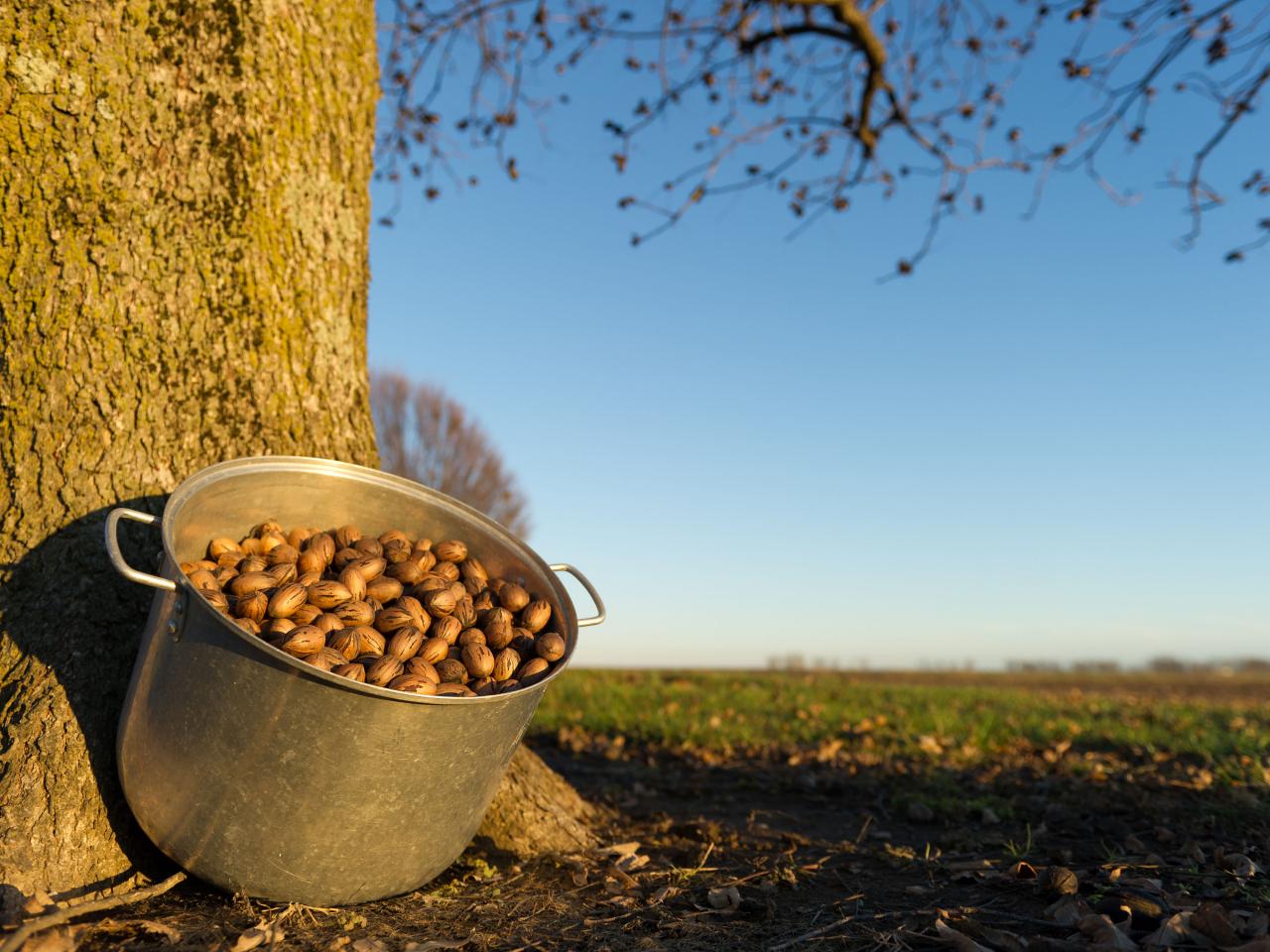
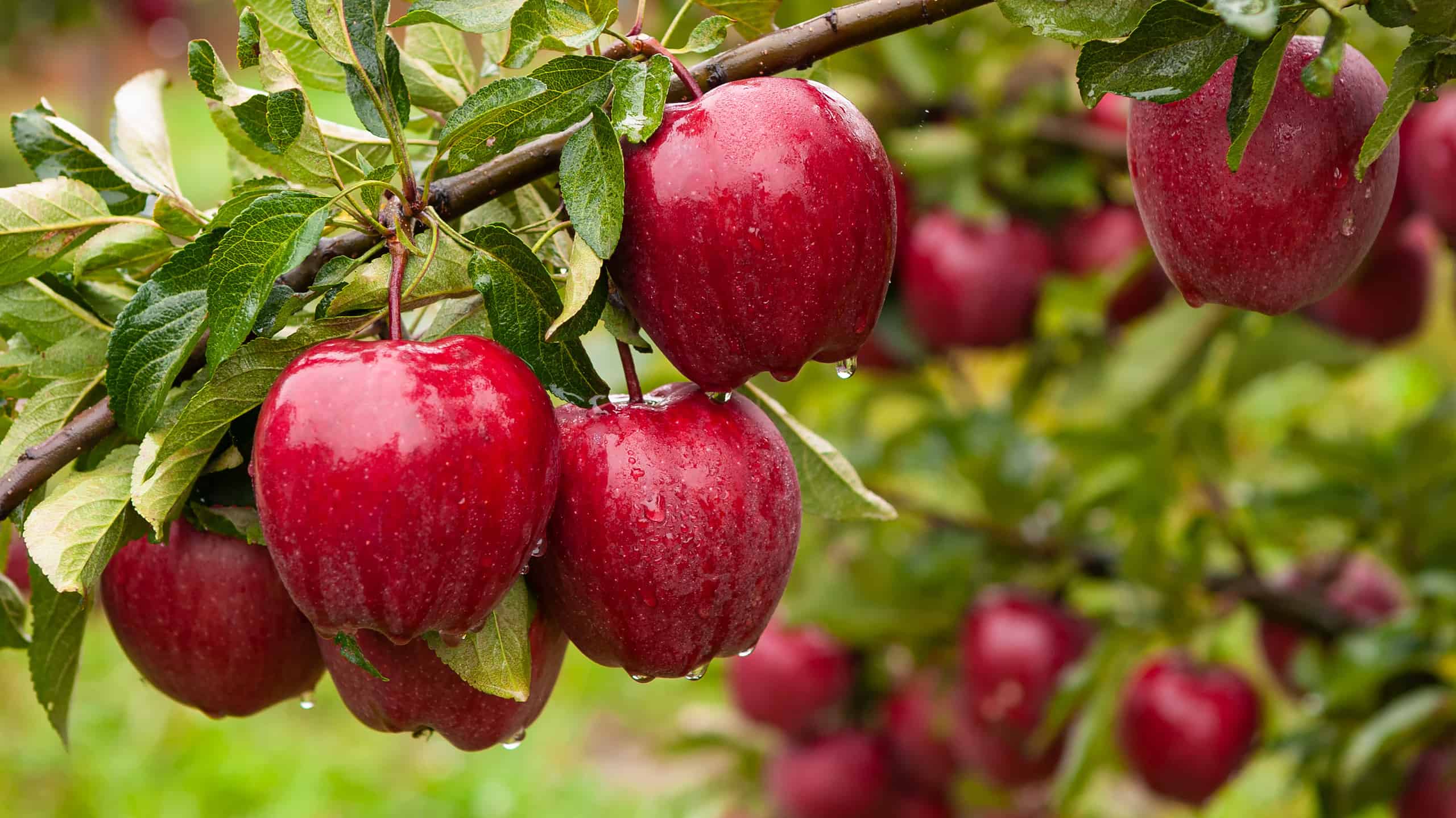

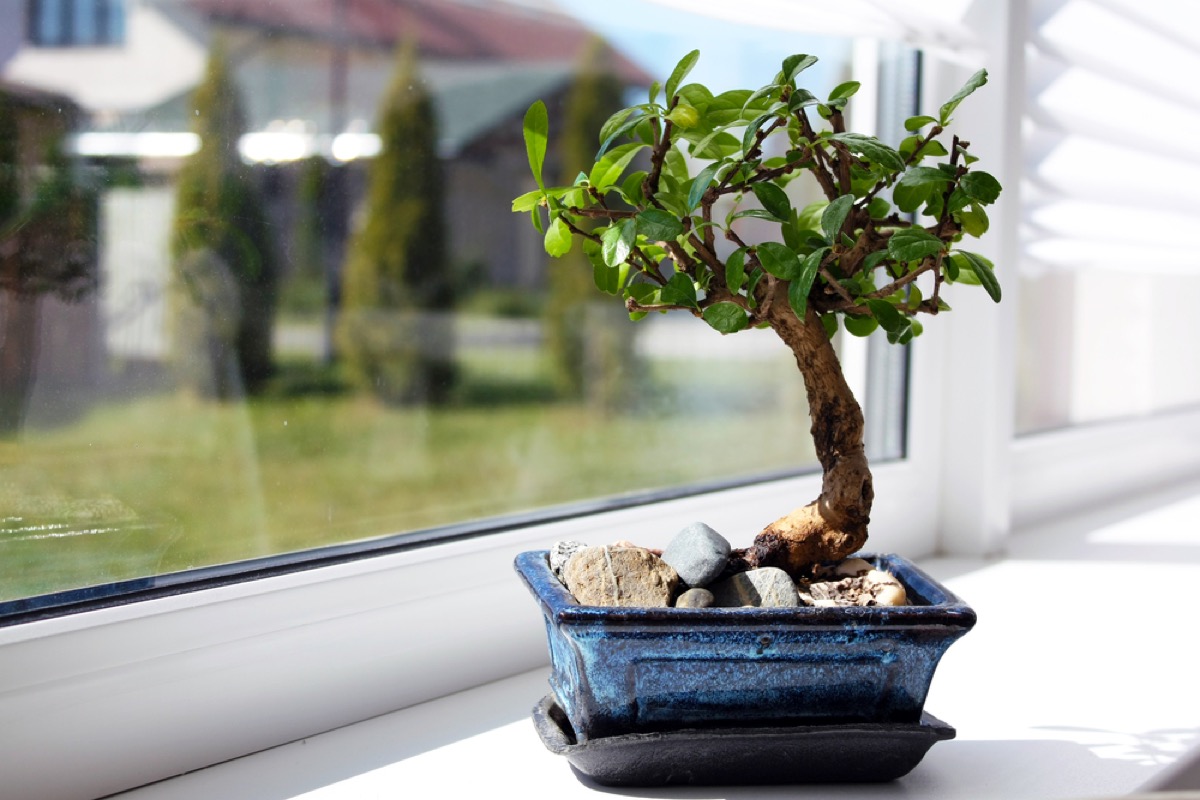
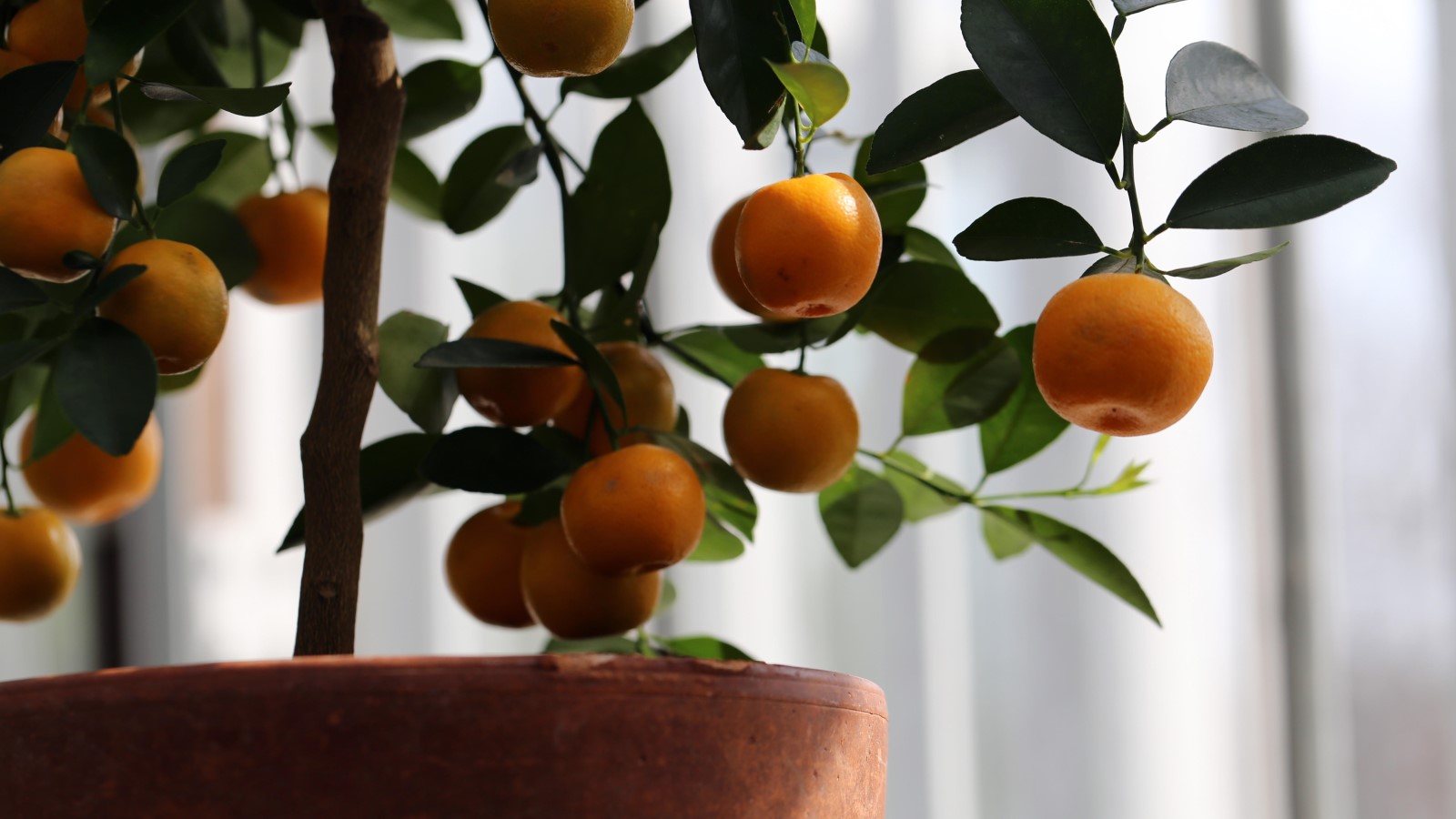
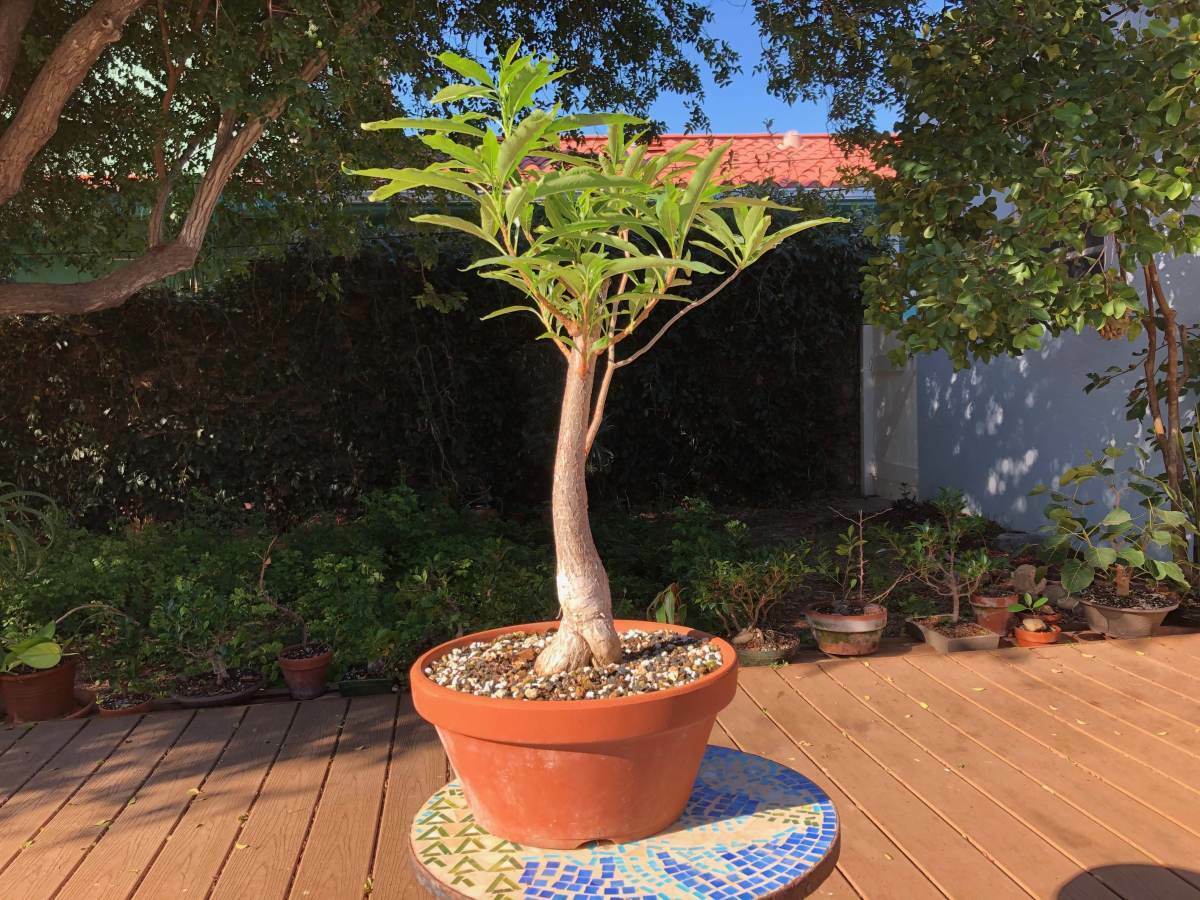
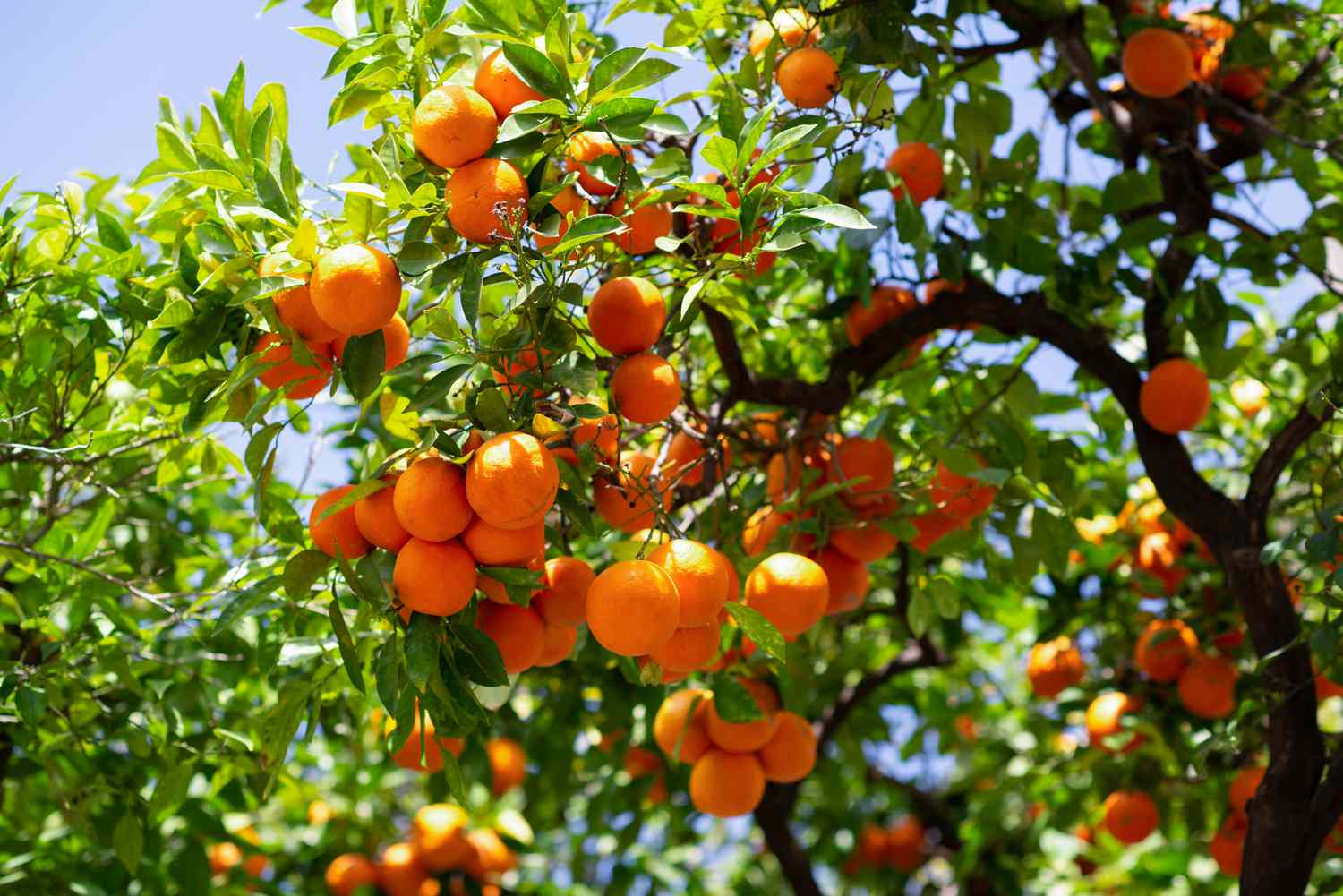
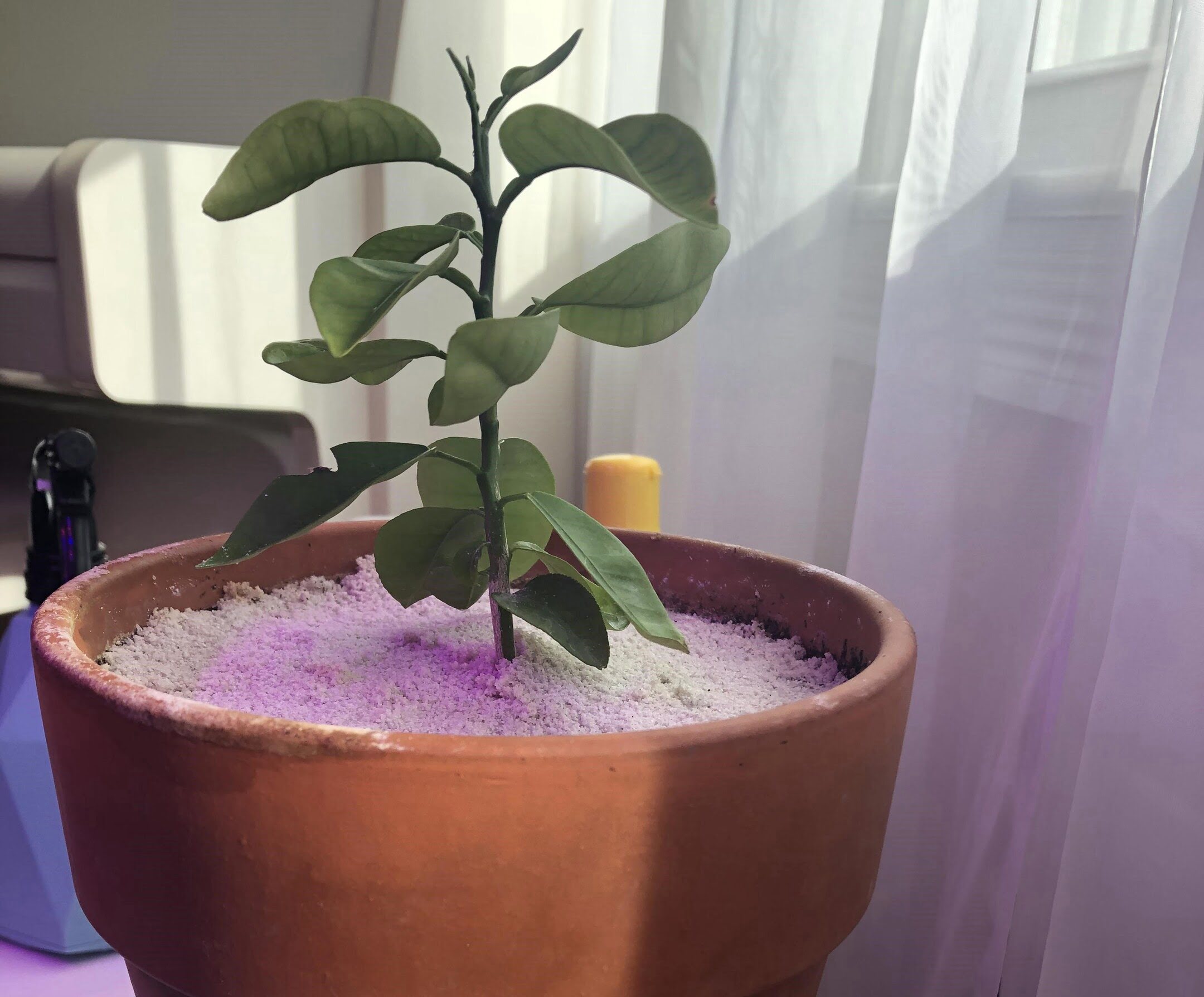

0 thoughts on “How To Grow A Cypress Tree From Seed”